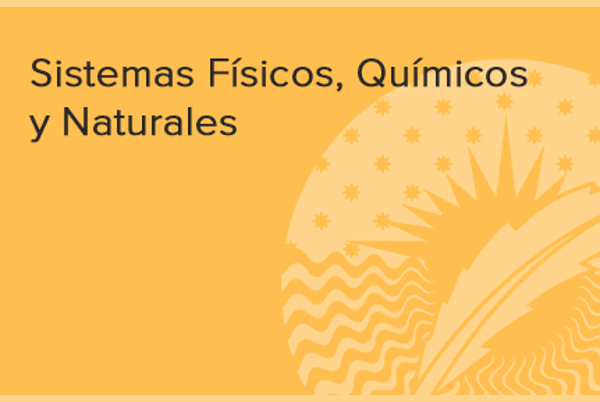Sistemas Físicos, Químicos y Naturales
Departamento

Fernando T.
Maestre Gil
Publicaciones en las que colabora con Fernando T. Maestre Gil (38)
2024
-
Aboveground and belowground biodiversity have complementary effects on ecosystem functions across global grasslands
PLoS Biology, Vol. 22, Núm. 8
-
Environmental microbiome, human fungal pathogens, and antimicrobial resistance
Trends in Microbiology
-
Increasing numbers of global change stressors reduce soil carbon worldwide
Nature Climate Change, Vol. 14, Núm. 7, pp. 740-745
2023
-
The soil microbiome governs the response of microbial respiration to warming across the globe
Nature Climate Change, Vol. 13, Núm. 12, pp. 1382-1387
-
Water availability creates global thresholds in multidimensional soil biodiversity and functions
Nature Ecology and Evolution, Vol. 7, Núm. 7, pp. 1002-1011
2022
-
Biocrusts increase the resistance to warming-induced increases in topsoil P pools
Journal of Ecology, Vol. 110, Núm. 9, pp. 2074-2087
-
Temperature Increases Soil Respiration Across Ecosystem Types and Soil Development, But Soil Properties Determine the Magnitude of This Effect
Ecosystems, Vol. 25, Núm. 1, pp. 184-198
-
The global distribution and environmental drivers of the soil antibiotic resistome
Microbiome, Vol. 10, Núm. 1
2021
-
Effects of Climate and Atmospheric Nitrogen Deposition on Early to Mid-Term Stage Litter Decomposition Across Biomes
Frontiers in Forests and Global Change, Vol. 4
2020
-
Biocrusts Modulate Responses of Nitrous Oxide and Methane Soil Fluxes to Simulated Climate Change in a Mediterranean Dryland
Ecosystems, Vol. 23, Núm. 8, pp. 1690-1701
-
Climate and soil micro-organisms drive soil phosphorus fractions in coastal dune systems
Functional Ecology, Vol. 34, Núm. 8, pp. 1690-1701
2019
-
Changes in belowground biodiversity during ecosystem development
Proceedings of the National Academy of Sciences of the United States of America, Vol. 116, Núm. 14, pp. 6891-6896
2018
-
Early stage litter decomposition across biomes
Science of the Total Environment, Vol. 628-629, pp. 1369-1394
2016
-
Biological Soil Crusts as a Model System in Ecology
Biological Soil Crusts: An Organizing Principle in Drylands (Springer), pp. 407-425
-
Climatic conditions, soil fertility and atmospheric nitrogen deposition largely determine the structure and functioning of microbial communities in biocrust-dominated Mediterranean drylands
Plant and Soil, Vol. 399, Núm. 1-2, pp. 271-282
-
Human impacts and aridity differentially alter soil N availability in drylands worldwide
Global Ecology and Biogeography, Vol. 25, Núm. 1, pp. 36-45
-
Structure and Functioning of Dryland Ecosystems in a Changing World
Annual Review of Ecology, Evolution, and Systematics, Vol. 47, pp. 215-237
2015
-
Differences in thallus chemistry are related to species-specific effects of biocrust-forming lichens on soil nutrients and microbial communities
Functional Ecology, Vol. 29, Núm. 8, pp. 1087-1098
-
Increasing aridity reduces soil microbial diversity and abundance in global drylands
Proceedings of the National Academy of Sciences of the United States of America, Vol. 112, Núm. 51, pp. 15684-15689
-
Intransitive competition is widespread in plant communities and maintains their species richness
Ecology Letters, Vol. 18, Núm. 8, pp. 790-798
